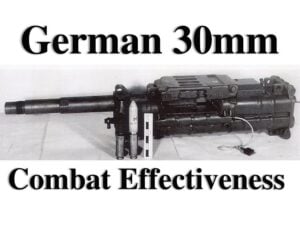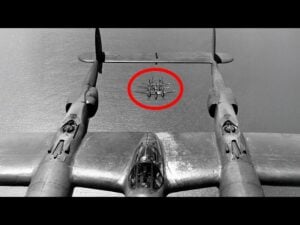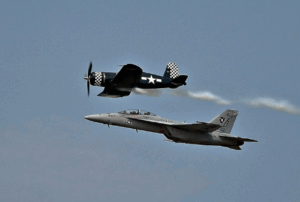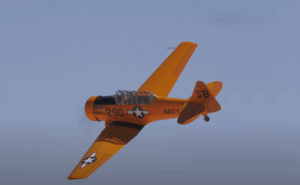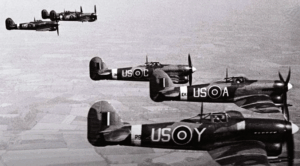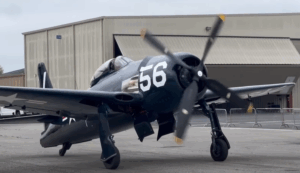The Flying Tank with a 7.5 cm PaK 40 Anti-Tank Gun: Considered the Warthog of WWII

War&History / YouTube
During World War II, ground attack aircraft played a crucial role in supporting ground forces and striking enemy positions with accuracy. In response to the growing need for aircraft capable of close air support and precision strikes, engineers and military planners began to develop specialized fighter-bombers. One such aircraft was the Hell HS1 129 B3, a variant that emerged from earlier designs and experiments.
Early Developments in Ground Attack Aircraft
In the 1930s, the German military started to develop aircraft dedicated to ground attack missions. The first aircraft in this role was the Hell HS1 123. Early experiences, such as those during the Spanish Civil War, showed that ground attack aircraft could be effective even without carrying large bombs. These experiences encouraged further development and experimentation. Military planners supported the idea of an aircraft that would be built specifically to perform close air support. As a result, tenders were issued for a new ground attack aircraft that would combine a simple design with effective weapons systems.

The Rise of the Hell HS1 129
The result of these early efforts was the introduction of the Hell HS1 129. This aircraft was a single-seat, twin-engine attack fighter designed to operate at low altitudes and engage enemy tanks and ground targets. It was known by nicknames such as “tank cracker” due to its role in countering armored vehicles. The standard armament of the HS129 included two 7.92 mm machine guns and two 20 mm cannons. Additionally, the aircraft had the capability to carry various external weapons, which made it a versatile tool on the battlefield. It proved useful on the Eastern Front, where large numbers of Soviet tanks required constant attention.
However, the design of the aircraft had limitations. The HS129 was built without a rear gunner, which meant that it was vulnerable to enemy fighter attacks. Its top speed reached about 400 kilometers per hour, a performance that left it open to challenges from faster enemy aircraft. As the war progressed, it became clear that the existing armament could not penetrate the armor of newer, heavier Soviet tanks such as the IS-2. This issue led to further modifications to improve its combat effectiveness.

The Development of the Hell HS1 129 B3 Variant
In May 1944, engineers developed a new variant called the Hell HS1 129 B3. This version was fitted with a modified 7.5 cm semi-automatic anti-tank gun derived from the Pak 40 design, a weapon that had been used extensively by German forces. The B3 variant featured an onboard cannon installation that included a new hydraulic recoil dampening system and a more aerodynamic muzzle brake. An autoloader system was integrated into the design, with a rotary magazine holding 12 rounds placed in the empty space behind the cockpit within the wing root area. A substantial gun pod was installed under the fuselage, with a circular port at the rear of the pod to allow for the rearward ejection of spent cartridges immediately after firing. In an emergency, the entire gun installation could be jettisoned, a feature meant to help the pilot if the situation became critical.
This new variant was theoretically capable of destroying any tank on the battlefield. However, the added weight of the gun and its mechanisms affected the aircraft’s general performance. Production numbers for the HS1 129 B3 were low, with only 25 examples reaching frontline units before production was halted in September 1944. Additionally, some units were converted from existing B2 models during combat operations. Despite its capabilities, the HS1 129 B3 did not change the overall course of the war, but it remains a significant example of the challenges faced in designing effective ground attack aircraft during World War II.














